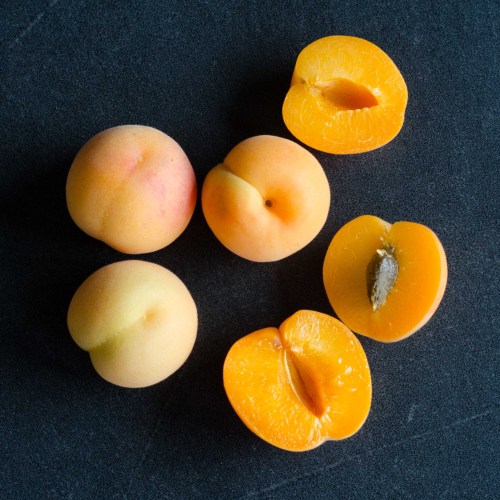A new diet looks set to provide relief from bloating for the one in five people who suffer from Irritable Bowel Syndrome (IBS). The low-FODMAP plan works by eliminating certain sugars from the diet and boasts a success rate of 70 per cent among those already following it. The beauty of the diet is that it is not as restrictive as other elimination diets and is therefore easier to adhere to, increasing the chance of long-term success for dieters.
What are FODMAPS?
FODMAPS are sugars found in certain foods which can cause symptoms of IBS in some people and stands for fermentable oligosaccharides (fructans and raffinose), disaccharides (lactose), monosaccharides (fructose) and polyols (sugar alcohol such as sorbitol, maltitol and xylitol). They were identified by dietician Dr Sue Shepherd, who has recently published a book on the topic along with gastroenterologist Dr Peter Gibson called The Food Intolerance Management Plan (Penguin, $35).
Common FODMAP foods include wheat-based products; certain fruit and vegetables including stone fruit and vegies such as onions, garlic and cabbage; honey and sugar substitutes; and legumes (see below for a full list).
Common FODMAP foods include wheat-based products; certain fruit and vegetables including stone fruit and vegies such as onions, garlic and cabbage; honey and sugar substitutes; and legumes (see below for a full list).
According to Dr Shepherd, there are three reasons why FODMAPS cause symptoms of IBS: they are poorly absorbed in the small bowel; they are small molecules, consumed in a concentrated dose; and they are "fast food" for the bacteria that live naturally in the large bowel.
Common high-FODMAP foods include:
- Fruit: apples, blackberries, cherries, mango, nectarines, peach, pear and watermelon
- Vegetables: artichoke, asparagus, beetroot, Brussels sprouts, cabbage, cauliflower, garlic, mushrooms, onions
- Beans and pulses, such as baked beans, lentils and chickpeas
- Wheat-based products including bread, pasta, cereals, noodles and biscuits
- Dairy products including milk, yoghurt, ice-cream and soft cheeses
- Honey and high-fructose corn syrup
- Fruit juices, pastes and sauces
- Coconut milk and cream
- Sugar substitutes (with names ending in "ol" such as xylitol)
- Coffee substitutes
- Sweet wines
Who would benefit from a low-FODMAP diet?
The low-FODMAP diet is designed to help people suffering from food intolerances that lead to IBS and has been proven to work in the treatment of IBS symptoms in both the long term and short term.
If you have been diagnosed with IBS or have experienced bloating, discomfort or a change in your bowel habits and would like to try the low-FODMAP diet, your first step is to contact an experienced and qualified dietician for advice. You can also get a breath hydrogen test to check whether you have fructose or lactose intolerance, or both, which will help you identify which FODMAPs you should be avoiding.
If you have been diagnosed with IBS or have experienced bloating, discomfort or a change in your bowel habits and would like to try the low-FODMAP diet, your first step is to contact an experienced and qualified dietician for advice. You can also get a breath hydrogen test to check whether you have fructose or lactose intolerance, or both, which will help you identify which FODMAPs you should be avoiding.
A typical low-FODMAP menu plan
- Breakfast options: wheat-free cereal with 'lite' milk; poached eggs with wheat-free bread
- Lunch options: Rice cakes with ham, cheese, lettuce and tomato; roast vegetable salad
- Dinner options: Lamb and sweet potato curry; tomato chicken risotto; Chinese chicken on fried wild rice
- Snack options: Yoghurt, popcorn, mixed nuts, rice crackers with a slice of hard cheese
General dietary guidelines
As well as avoiding FODMAPs, there are a few other rules you can follow to help reduce the severity of IBS symptoms.
- Firstly, avoid overeating, and enjoy your meals by savouring them and eating slowly.
- Avoiding excessive intake of fats, caffeine and alcohol is also important.
- Avoid stress-filled meals – don't work or have difficult discussions when you're eating.
- And lastly, don't skip meals. Eat regularly and always have a good breakfast.
The Food Intolerance Management Plan (Penguin, $35) is available now.
Source
http://www.bodyandsoul.com.au/weight+loss/diets/eat+your+way+to+a+flat+tummy,12945



No comments:
Post a Comment